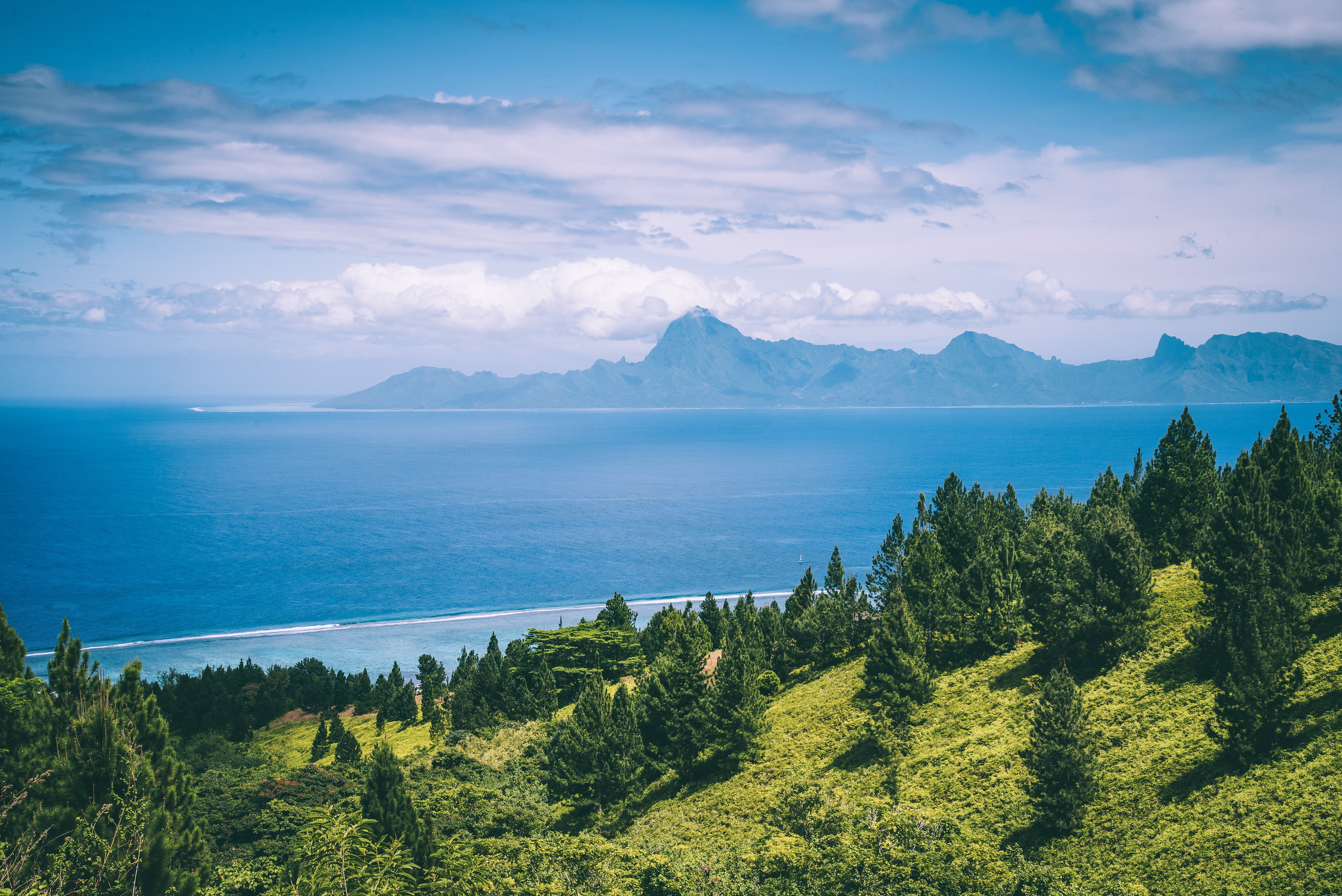About
The rāhui is a long-standing Eastern Polynesian practice in which chiefs designate areas of the land and sea to preserve. In ancient times, chiefs in Tahiti (now French Polynesia) would implement rāhui for many social and political reasons, including the reaffirmation of political action, preservation of resources during times of scarcity, and the establishment of a community’s power. Although some rāhui today are implemented for spiritual, social and political reasons, such as a means for indigenous communities to preserve political power, the motivation to implement rāhui has evolved to primarily be for the management of natural resources. For example, in modern times, community leaders designate rāhui to set aside areas of the lagoon or ocean in order to protect local resources, such as fish stocks and lagoon habitat, from degradation and overexploitation (e.g., overfishing).
Establishing rahui has been an effective way of getting communities to steward shared marine resources. For that reason, emLab researchers ask the question - what characteristics of the community structure and rahui spiritual belief system make it so effective in galvanizing community members to participate in the protection of natural resources? The emLab team is crafting an econometric model to better understand the answer to this question. This collaboration will help to further the modern evolution of the institution of rahui and pinpoint important characteristics of a shared belief system that give rise to the stewardship of shared environmental resources.
